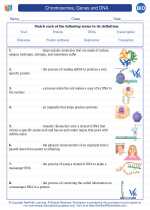Adherence in Biology
Cell Adhesion
Cell adhesion is the process by which cells interact and attach to each other or to the extracellular matrix. This process is essential for maintaining the structural integrity of tissues and organs, as well as for mediating various physiological functions.
Types of Cell Adhesion Molecules (CAMs)
- Cadherins: These are calcium-dependent adhesion molecules that mediate homophilic interactions between cells of the same type.
- Integrins: These are heterodimeric transmembrane receptors that mediate cell-matrix adhesion and cell-cell interactions.
- Selectins: These are carbohydrate-binding proteins that mediate the initial interactions between leukocytes and endothelial cells during inflammation.
- Immunoglobulin Superfamily: This group includes various adhesion molecules involved in diverse cellular processes, such as immune response and neural development.
Biofilm Formation
Biofilms are communities of microorganisms that are attached to a surface and embedded in a self-produced extracellular matrix. Adherence is a critical step in biofilm formation, as it allows microorganisms to colonize and grow on surfaces, leading to the formation of complex and resilient structures.
Steps in Biofilm Formation
- Attachment
- Colonization
- Maturation
- Dispersal
Host-Pathogen Interactions
Adherence is a crucial aspect of host-pathogen interactions, as it determines the ability of pathogens to attach to host cells and tissues, leading to infection and disease.
Adhesion in Infection
Pathogens possess adhesins, which are molecules that enable them to adhere to specific receptors on host cells. This initial attachment is a crucial step in the establishment of infection and can facilitate the invasion of host tissues by pathogens.
Study Guide
To gain a deeper understanding of adherence in biology, consider the following topics for further study:
- The structure and function of different types of cell adhesion molecules, including cadherins, integrins, selectins, and immunoglobulin superfamily members.
- The role of adherence in tissue development, immune response, and cancer metastasis.
- The mechanisms of biofilm formation and the implications of biofilms in healthcare settings, such as on medical devices and in chronic infections.
- The adhesion strategies employed by different pathogens and their implications for the development of therapeutic interventions.
◂Biology Worksheets and Study Guides High School. Chromosomes, Genes and DNA
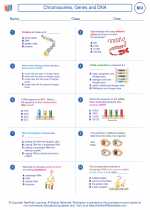
 Worksheet/Answer key
Worksheet/Answer key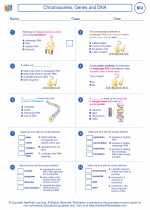
 Worksheet/Answer key
Worksheet/Answer key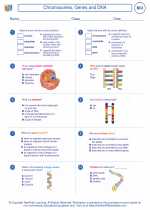
 Vocabulary/Answer key
Vocabulary/Answer key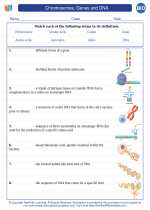
 Vocabulary/Answer key
Vocabulary/Answer key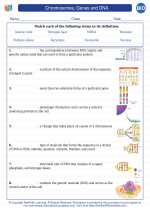
 Vocabulary/Answer key
Vocabulary/Answer key